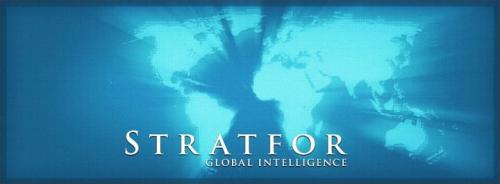On June 4-7, it will be 75 years since the Battle of Midway, the battle in which the United States won the war in the Pacific and prevented the defeat of Britain and Russia. Guadalcanal, El Alamein and Stalingrad followed, all mostly fought in the second half of 1942. Over two years of horror would remain – neither Japan nor Germany was prepared to concede the point – but the war was won by the beginning of 1943.
These were extraordinary battles in an extraordinary war. I want to devote some time this year to considering the battles on their anniversaries and, I want to try to explain how these battles were an interlocking whole – really a single, rolling, global battle that collectively decided the war. By the end of the year, my goal is to show that a single global battle, beginning at Midway and ending at Stalingrad, defined the fate of humanity.
Systemic Wars
This is not simply antiquarian interest, although surely June 1942 to February 1943 must rank with Salamis, where the Greeks stopped the Persian surge into Europe; Teutoburg, where the Germans halted the Roman advance; or Lepanto, where Christian Europe halted Muslim Ottoman expansion. These battles defined the future of a civilization; June 1942 to February 1943 defined the future of the entire world.
World War II defined the global civilization in which we now live. It ended Europe’s imperial project, opened the door to American global power, created what was called the Third World and set the stage for the emergence of the Asian mainland as a significant global player. The war also bred a distrust of nationalism, gave rise to multinational institutions and turned an interest in technology into an obsession with its redemptive powers. We live in the shadow of World War II and are now in a global revolt against the world it created.








